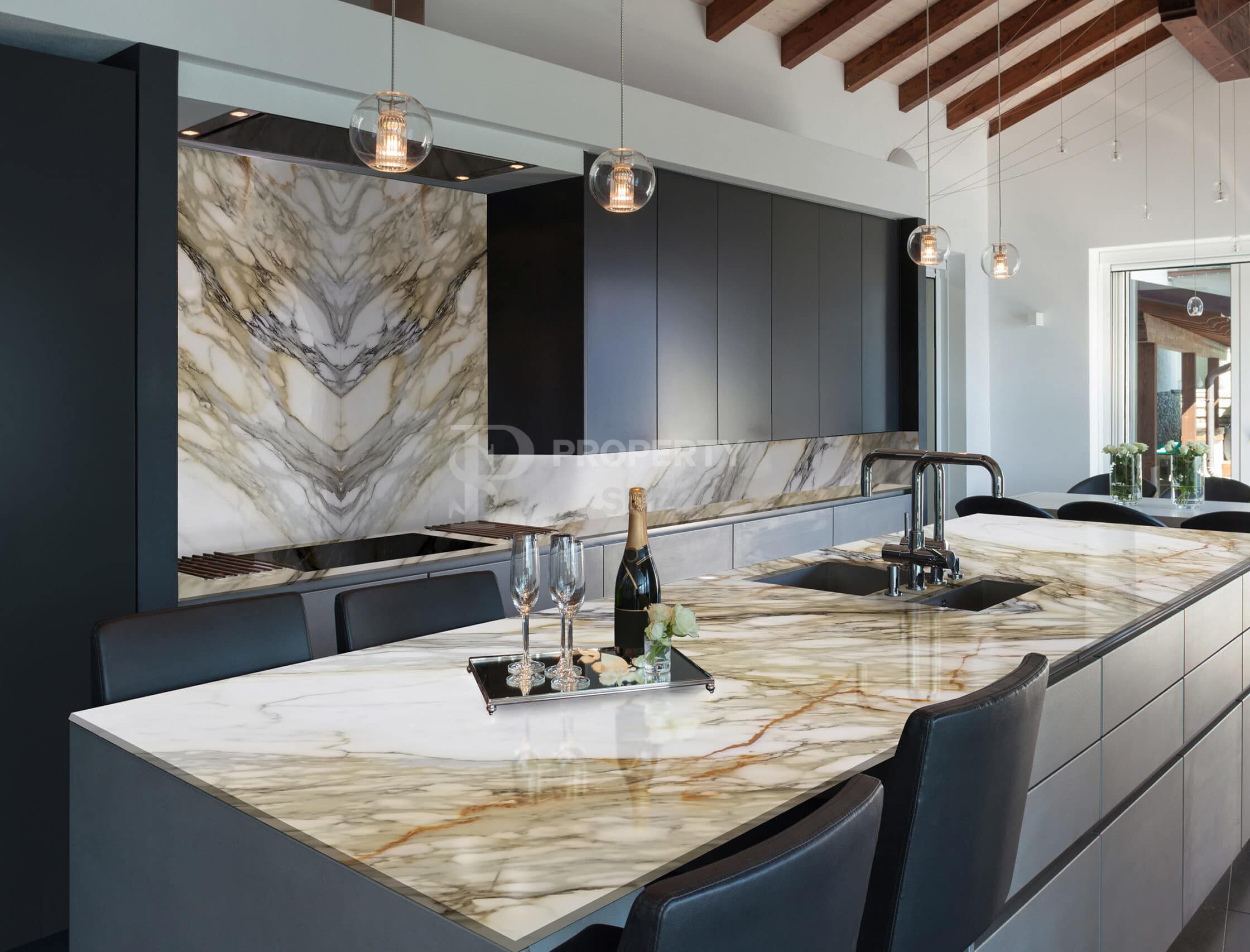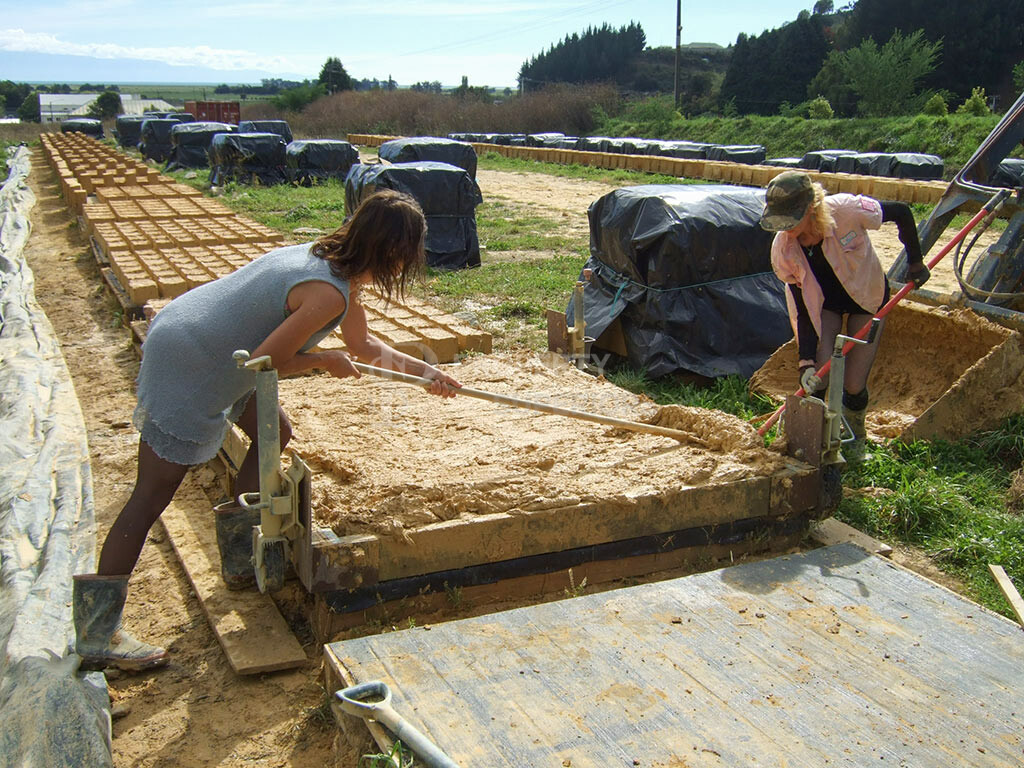
Turkish building materials have a rich history dating back thousands of years. From ancient civilizations to the present day, Turkey has been a hub of architectural innovation and craftsmanship. Let's explore some of the ancient secrets behind Turkish building materials:
-
Stone:
Turkey is renowned for its diverse range of natural stone, which has been used in construction for centuries. One notable example is travertine, a sedimentary rock found in abundance in the country. The ancient city of Hierapolis, located in modern-day Pamukkale, is a remarkable testament to the extensive use of travertine in Turkish architecture. The stone was also employed in famous structures like the Hagia Sophia in Istanbul.
-
Marble:
Turkey has a long-standing tradition of marble production and is home to some of the world's finest marble quarries. The ancient Greeks and Romans extensively used Turkish marble in their buildings, and this tradition continues today. The famous white marble from quarries in the Marmara region has been used in architectural marvels such as the Temple of Artemis in Ephesus and the Library of Celsus in the same ancient city.

-
Adobe and Mudbrick:
In regions with a drier climate, such as Cappadocia, adobe and mudbrick construction has been prevalent for centuries. Adobe bricks are made from a mixture of clay, water, and organic materials such as straw, and then sun-dried. The unique landscape of Cappadocia, with its fairy chimneys and cave dwellings, showcases the extensive use of this traditional building material.

-
Wood:
Turkish architecture is not limited to stone and mudbrick. Wood has played a crucial role in the construction of many historic buildings. Traditional Ottoman houses, known as "konaks," feature intricate wooden carvings and ornamentation. The Saliha Sultan Caravanserai in Kayseri is an excellent example of the harmonious integration of wood and stone in Turkish architecture.

-
Ceramic and Tilework:
Turkish ceramic and tilework, known as "çini" or "Iznik tiles," are famous worldwide for their exquisite craftsmanship. Iznik, a town in western Turkey, has been a center for ceramic production since the 15th century. The tiles often feature intricate floral and geometric designs, adding vibrant colors to mosques, palaces, and other architectural wonders across the country.
-
Pumice:
Pumice, a volcanic rock with a porous texture, has been used as a building material in Turkey. Its lightweight nature and insulating properties make it suitable for construction in earthquake-prone regions. The ancient city of Ephesus showcases the use of pumice in its buildings, including the famous Library of Celsus.
These are just a few examples of the ancient secrets behind Turkish building materials. The rich heritage and craftsmanship of Turkey continue to inspire architects and builders around the world.
Related posts:
One of the earliest types of lighting in history, wall sconces were used to hold candles. These wall-mounted light sources at eye level cast a glowy point on a surface and distribute light throughout the space.
When it comes to choosing the right insulating material for your Turkey home, there are a few key factors to consider: Climate: Turkey has a diverse climate with different regions having different temperature and weather patterns. The insulation materials you...


 New provisions for obtaining Turkish citizenship through real estate ownership
New provisions for obtaining Turkish citizenship through real estate ownership
 Turkish Real Estate Rental Law 2024
Turkish Real Estate Rental Law 2024
 Ways to obtain Turkish citizenship through investment 2024
Ways to obtain Turkish citizenship through investment 2024
 How to choose an ideal apartment in Turkiye?
How to choose an ideal apartment in Turkiye?
 Turkish passport... Extraction method and fees 2024
Turkish passport... Extraction method and fees 2024
